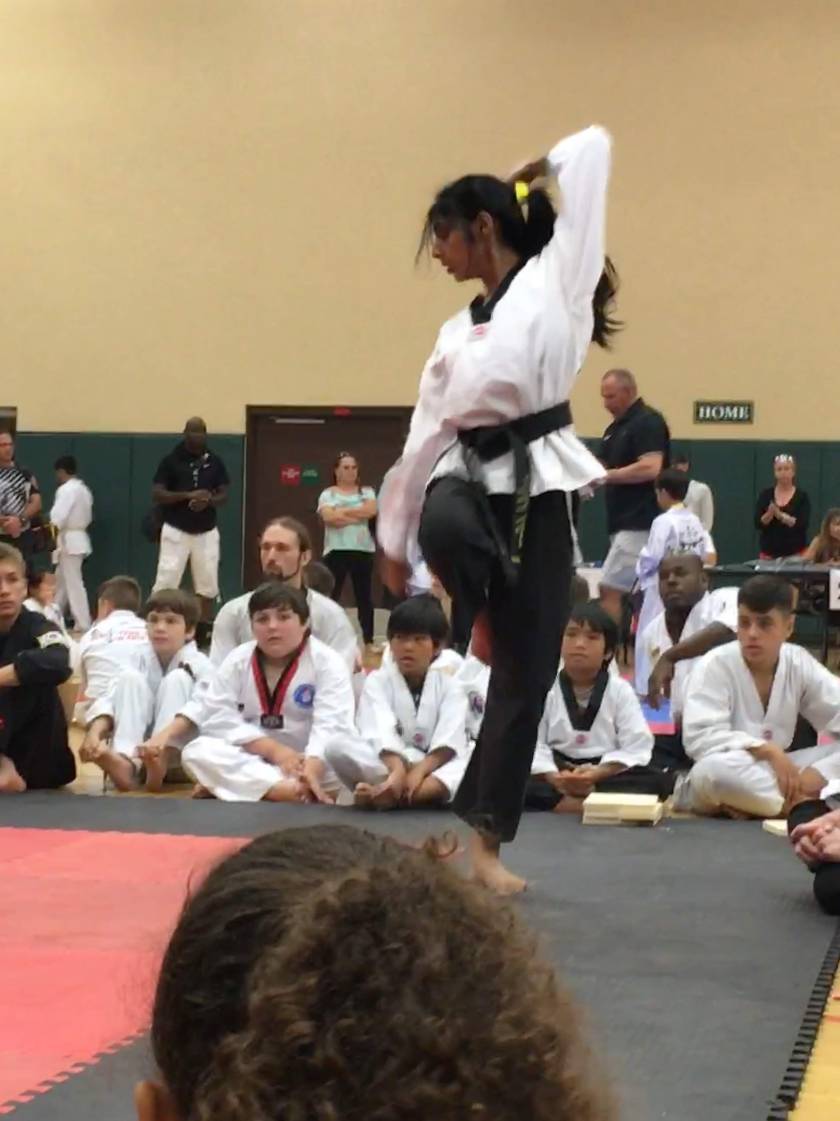The First 15 Days of Learning Python

Hello world! I just watched this wonderful video about advice for learning python which recommended keeping a blog. So here I am. Making a blog for the first time in my life. As the title suggests I technically started learning 15 days ago. I’ve been practicing every day and have logged 7.5 hours so far. Mostly by going through a fantastic intro course that my friend at college has created for newbies like myself (thank you Aman!).
Let me try to sum up what I’ve learned so far…
The basics: How to print(“hello”) stuff. The difference between integers (whole numbers) and floats (decimals). The types of data… including lists, tuples, and dictionaries. I’ve done quite a bit of stuff with lists, including how to add things (.append) how to remove things (.pop) how to join things (.join). There’s also nifty ways to print lists in different ranges and orders which are determined by a three number function/input/I don’t know the proper term is yet (:::). The first slot tells the beginning value, the middle slot tells the ending value, and the final slot tells the order (for instance to print the list backwards I’d type (::-1) ).
I haven’t done much with tuples yet, although I know that it’s a list that cannot be modified. With dictionaries it took me a hot sec to figure out how inventories and keys related to each other. I’ve done some practice on that but things are still a bit fuzzy. It took me about an hour of failing a practice problem to fully understand that to actually do stuff to a dictionary I need to turn it into a list. Future me please don’t forget that!
Next up I learned some control flow stuff. Which I’m still a bit lost on to be honest. This includes things like if-else, for loops, and while loops. I understand the concept of “if” and how to control which items get printed on a list by setting it to be only values >10 or something, but have yet to fully grasp “elif” and some of the formatting for these values.
The functions for the most part make sense. It’s just basic math (at least for now).
Numpy: In the past two days I’ve started learning numpy, which is basically a toolset to use for better data management. This is super useful for creating and adjusting arrays. There’s tons of fun stuff one can do with arrays, such as reshape it (.shape) and create a ton of .zeros and .ones. Also with .eye I found I can make diagonal lines in 1’s and 0’s! That was kinda fun to play around with.
Through the YouTube channel that I linked earlier I learned how to crop photos and adjust exposure with numpy array modifiers. I make a lot of films and usually do more visual arts stuff so that was cool to learn.
Okay now the big question… why?
What a brilliant question. So far I’ve just been learning some of the basics. But what are my hopes? I’ve thought vaguely about this so let me take the time here to condense it.
A lot of this came from seeing the cool projects and data management that my dear friend Aman can do. He’s creating his own movie recommendation algorithms, making AI versions of his friends based on their text patterns, and just doing a ton of other amazing stuff. That’s really inspired me and given me a similar feeling of excitement at facing a challenge that starting a short film project normally does. In the past few years I’ve been teaching myself 3D art which has been very invigorating. I think there’s an inherent draw for me to learn something that’s meant to be challenging. And also add a new skillset to my lil toolbox.
I’ve also recently become very interested in organization and structuring my life. So much so that I’ve been working with Aman on creating an app to better organize and see patterns in ones life, specifically seeing how one’s daily patterns affect fulfillment. The basic idea is if we can collect the proper data we can create a machine learning algorithm to learn how the activities one does during the day affect their happiness, and give recommendations on how to structure their lives to be more fulfilled.
Part of me learning this is to be able to work on this app idea. That project really really excites me. There’s also a couple other projects that have been floating in my mind while I’ve been learning for the past two weeks. I’d love to custom automate data collection on my finances (specifically combining my debit and Venmo expenses into one set of data to always know how much I’m spending and what my budget is at). I know there are a lot of tools that already do this, but I want to try my own hand at it and have the power of customizing it.
I’m also a huge movie geek. I would love to take the data set of movies I’ve watched on Letterboxd and play around with it. Maybe create a smarter recommendation system based on my individual movie tastes. In general though I’m just fascinated with collecting data on movies and seeing how they correlate with each other.
Those are my main thoughts right now. This will likely change, but I’ve got to start somewhere I suppose.
I guess this is the end of the blog now. I’ve never read a blog so I don’t know what people normally say for these things? Hmm. I guess the real question is what would I say?
Pickle.








